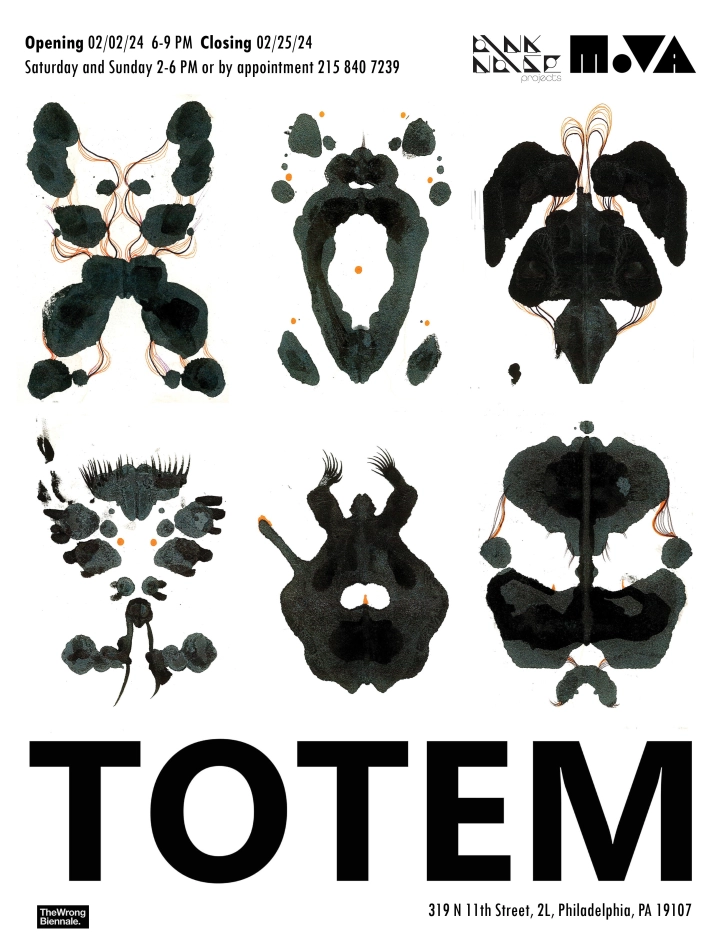
the wrong new media biennale
//
Pink Noise Projects
319 N 11th Street, 2L/Philadelphia, PA 19107
//
Opening Reception: February 2nd
Exhibition dates: February 2nd- 25th
Open weekends 2-6 or by appointment 215 840 7239
Klecksography Workshop Feb 25th, materials provided
Curator: Tyler Kline
Virtual Reality Development: Isla Xi Han, Sophie Mengzhu Jiang, Genyuan Hu,
Artists: Kihoon Choi, Mark Klink, Tyler Kline
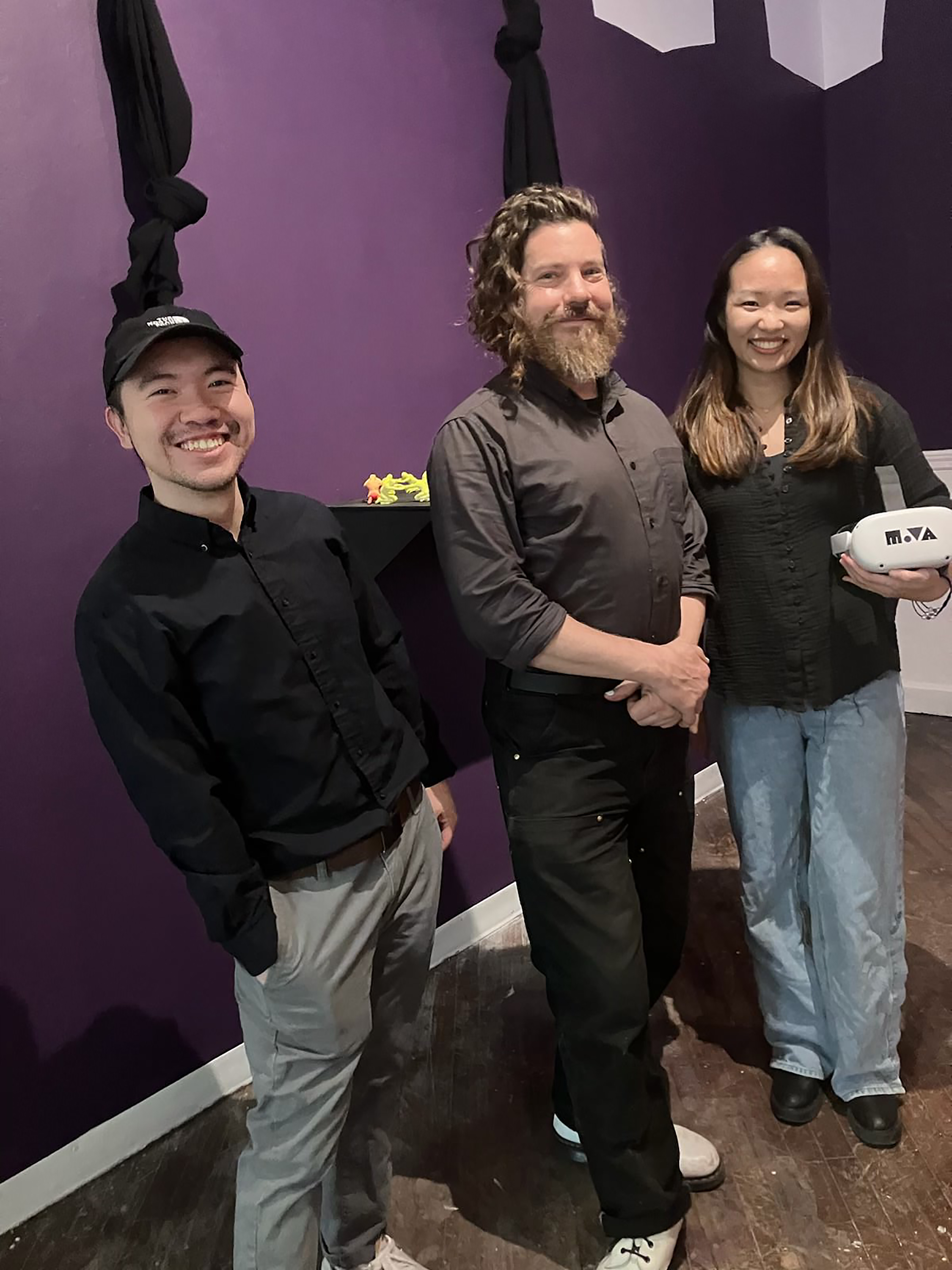
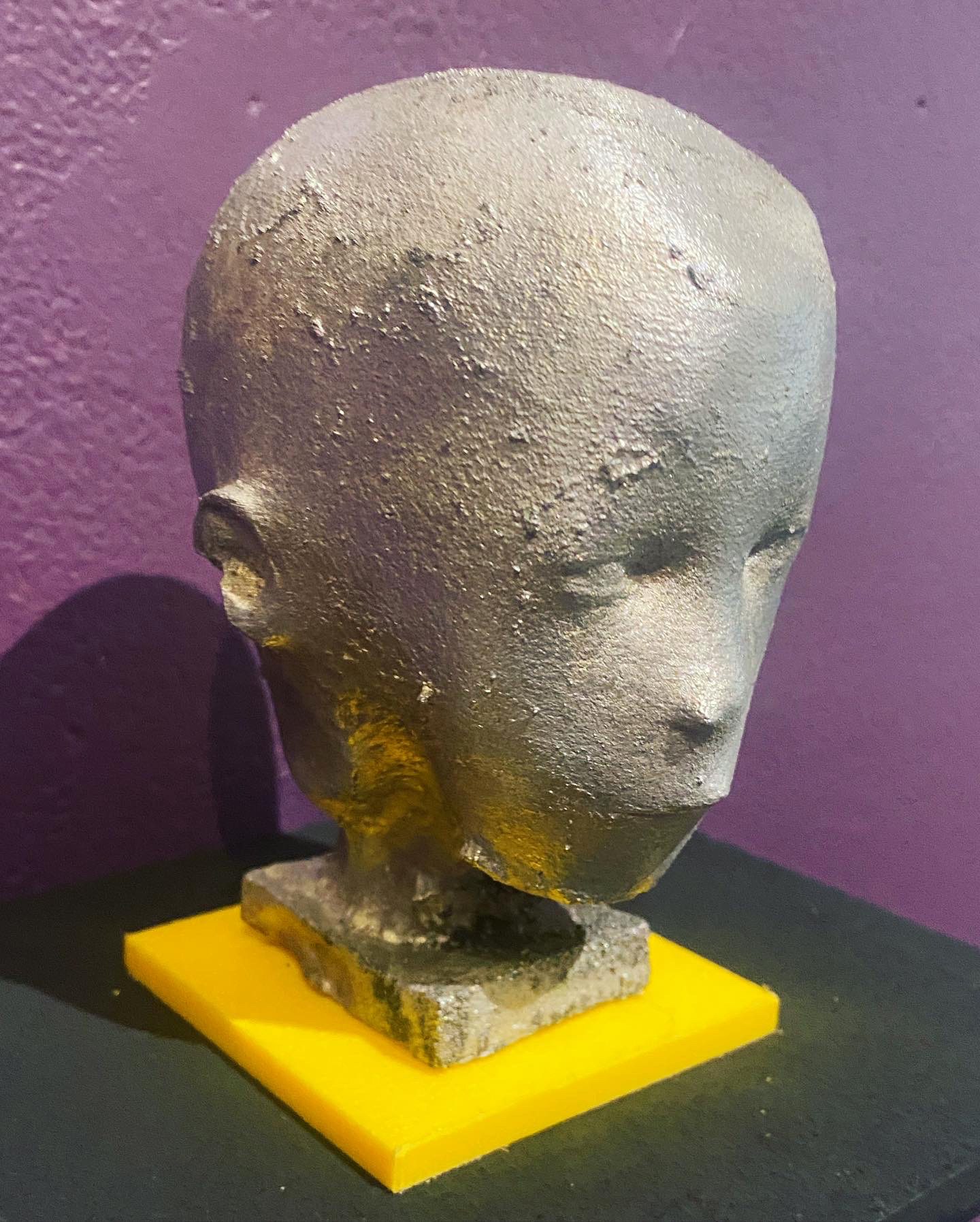


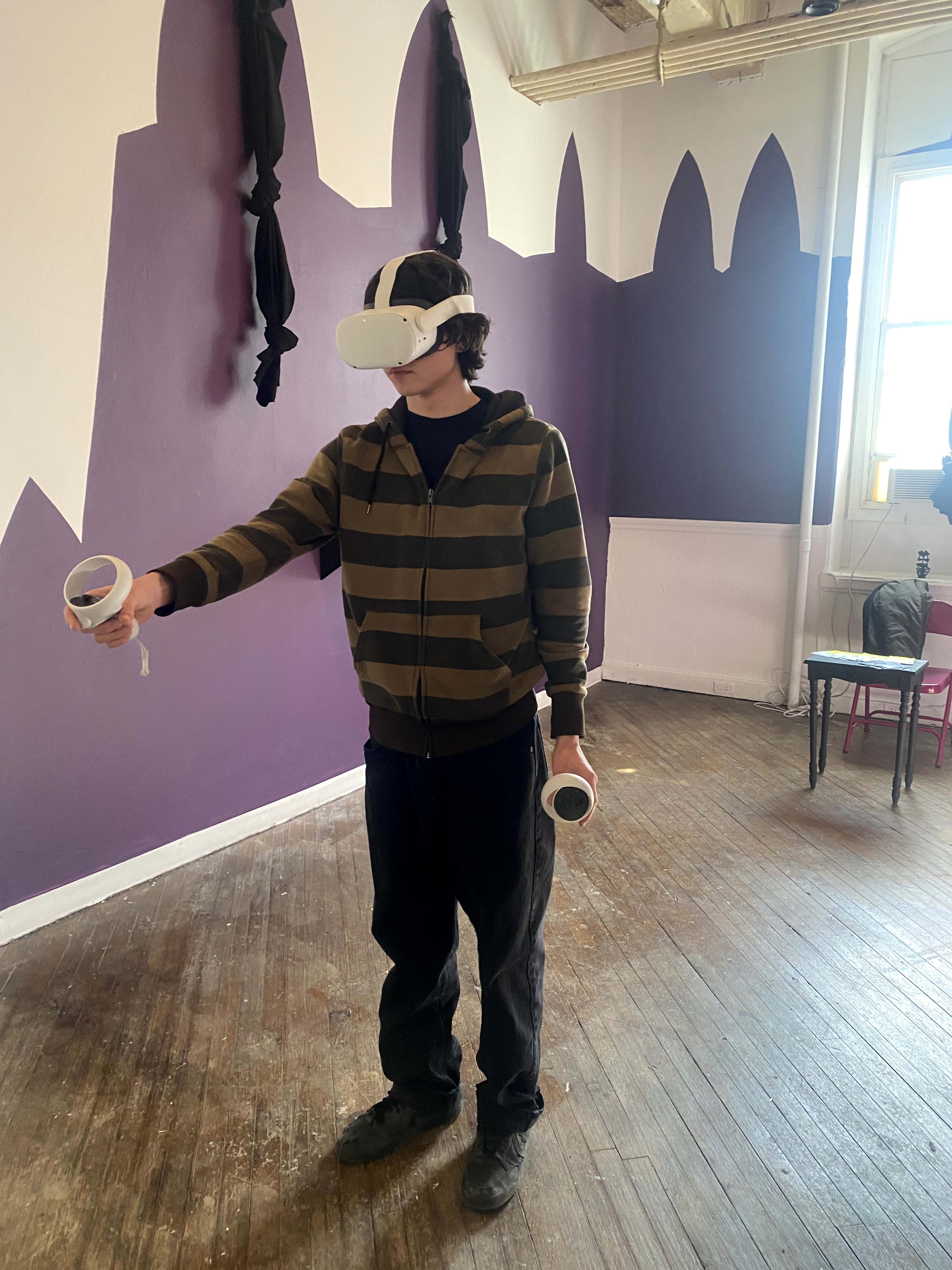
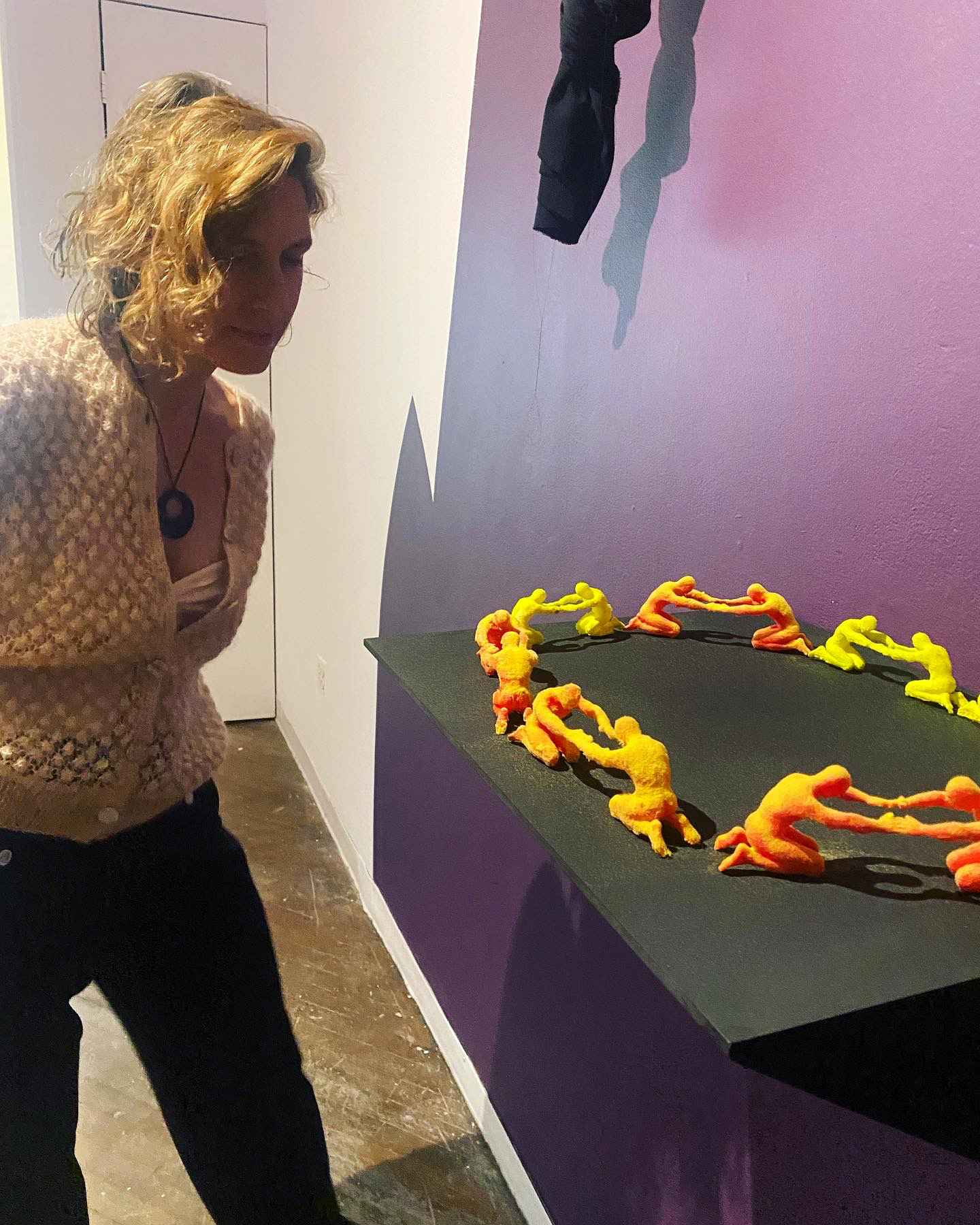
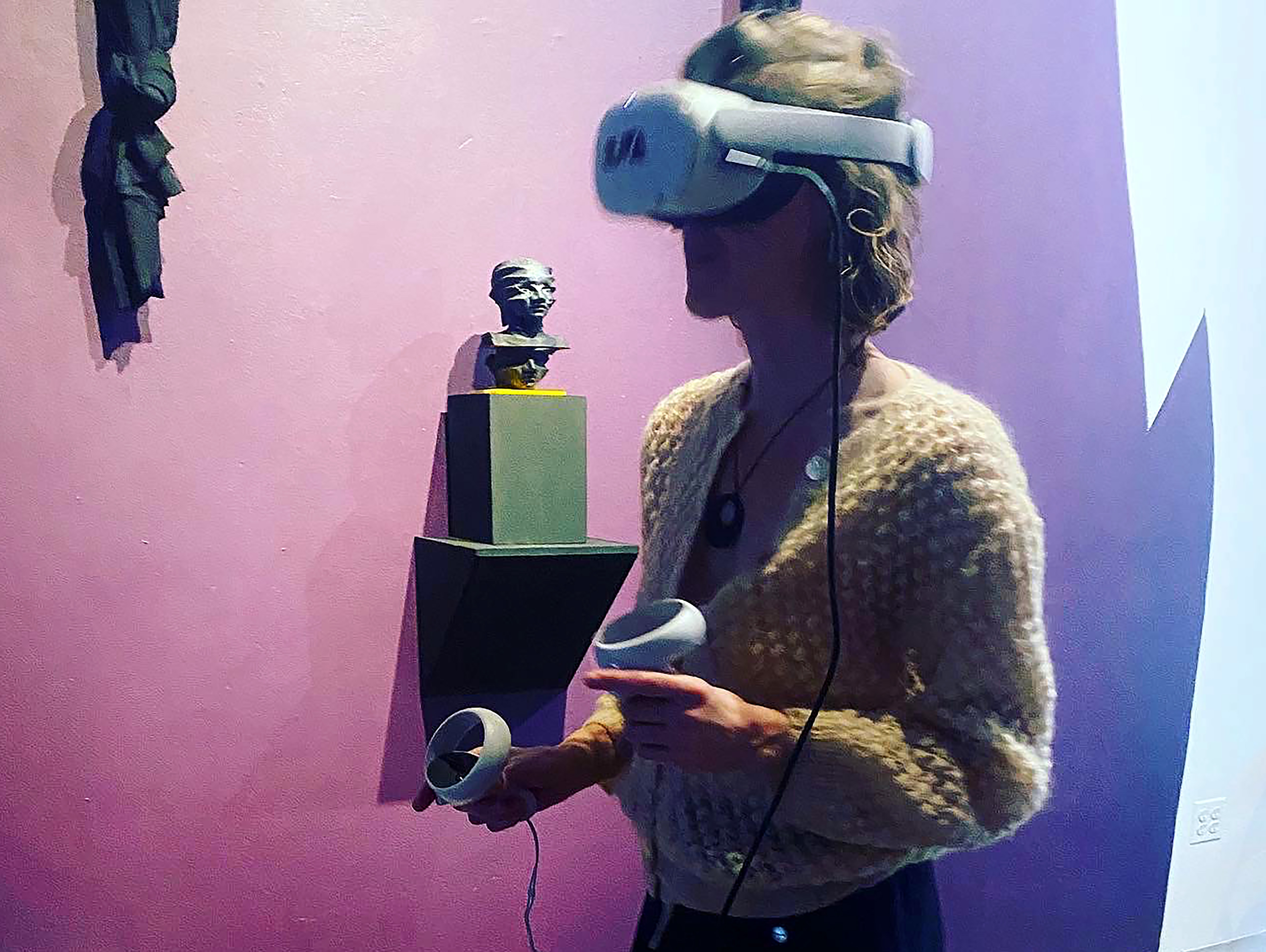
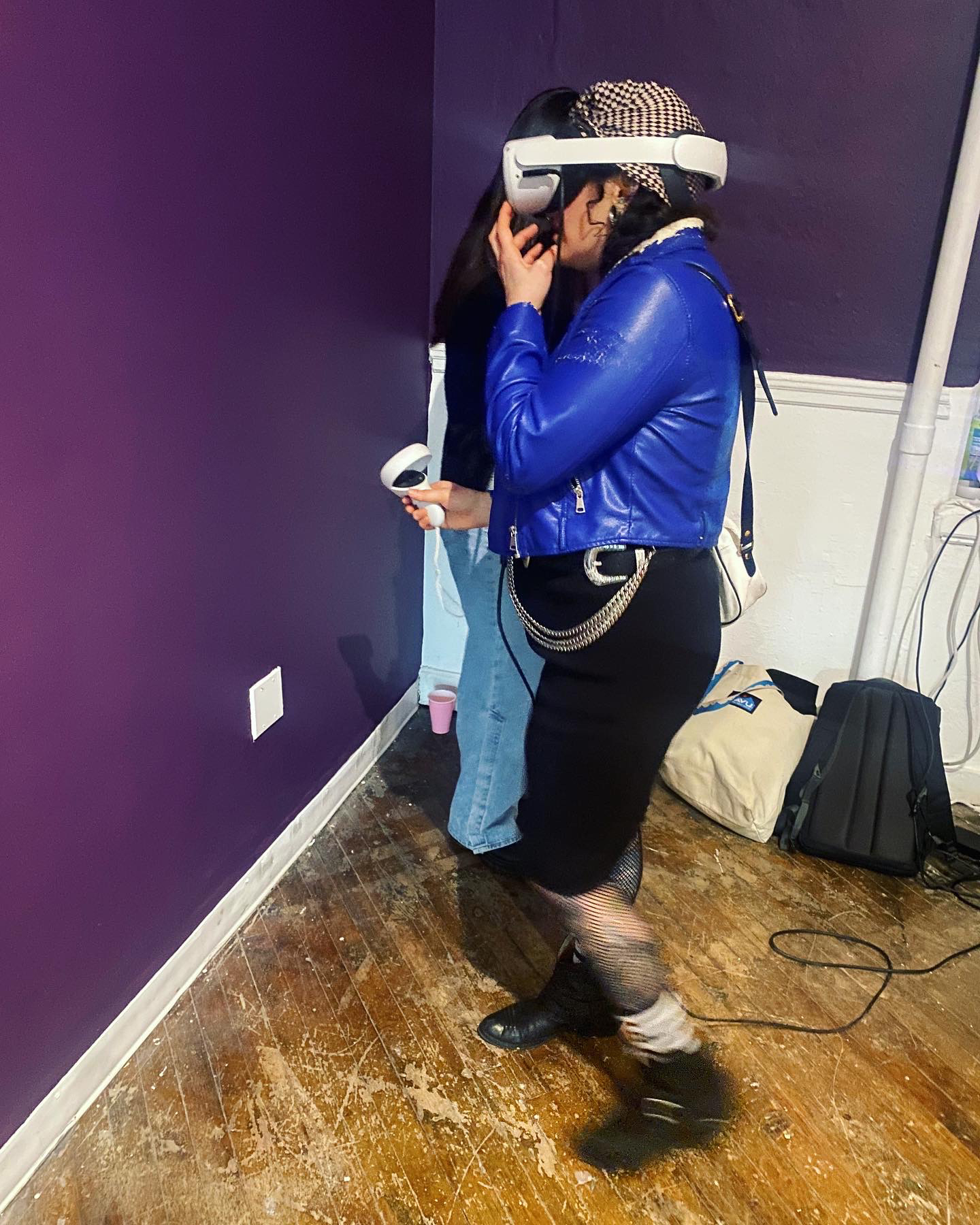
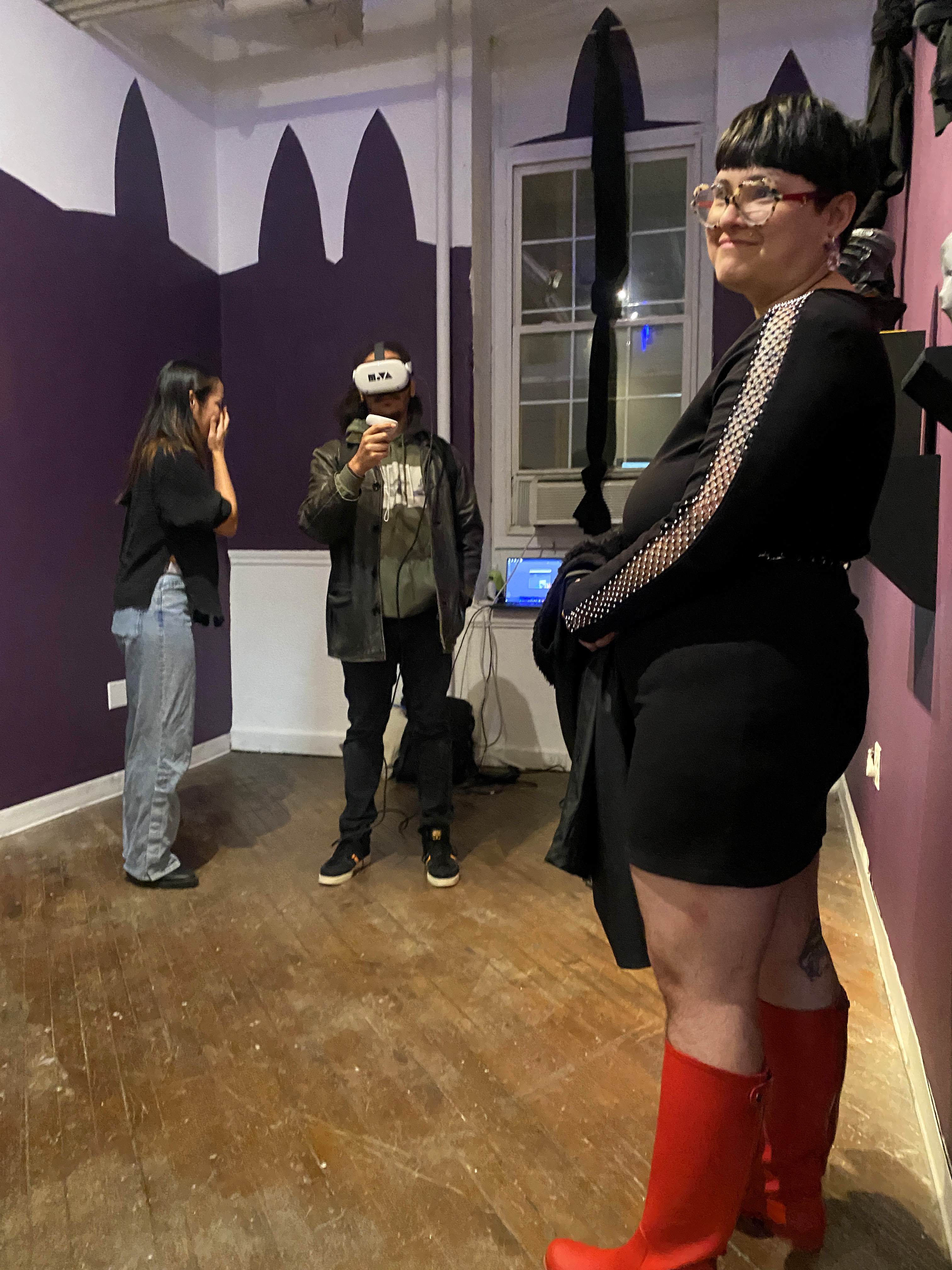
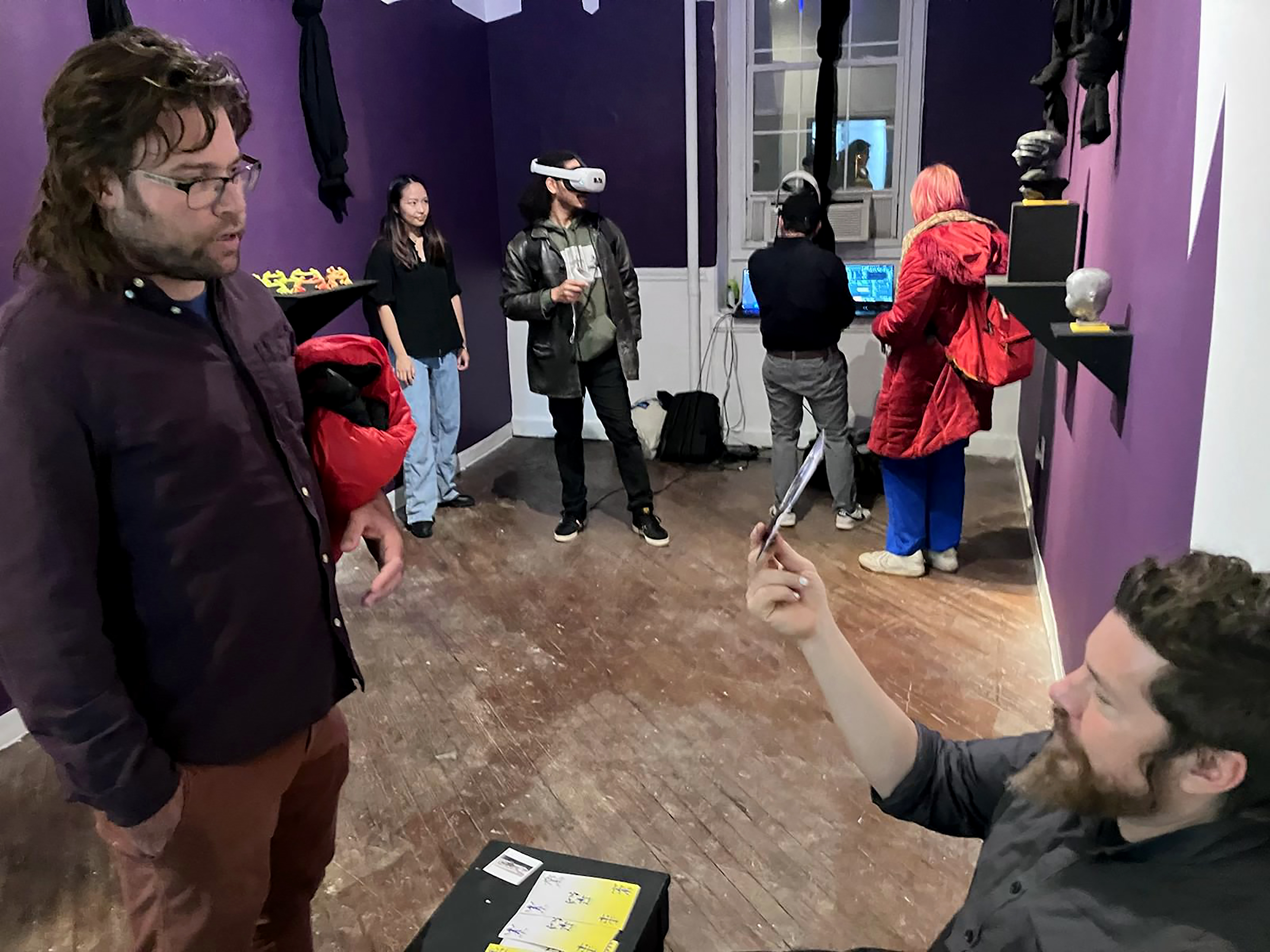
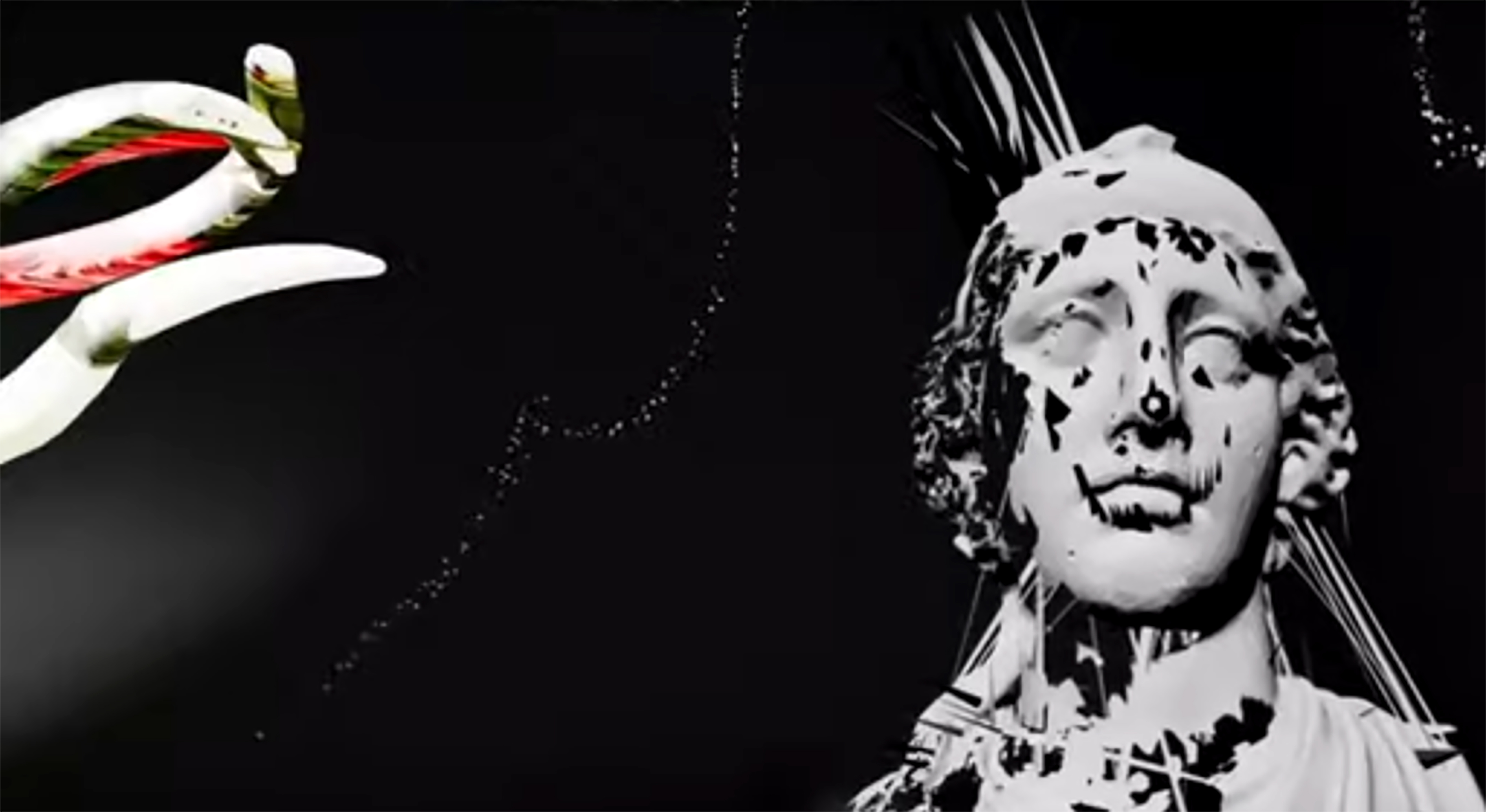

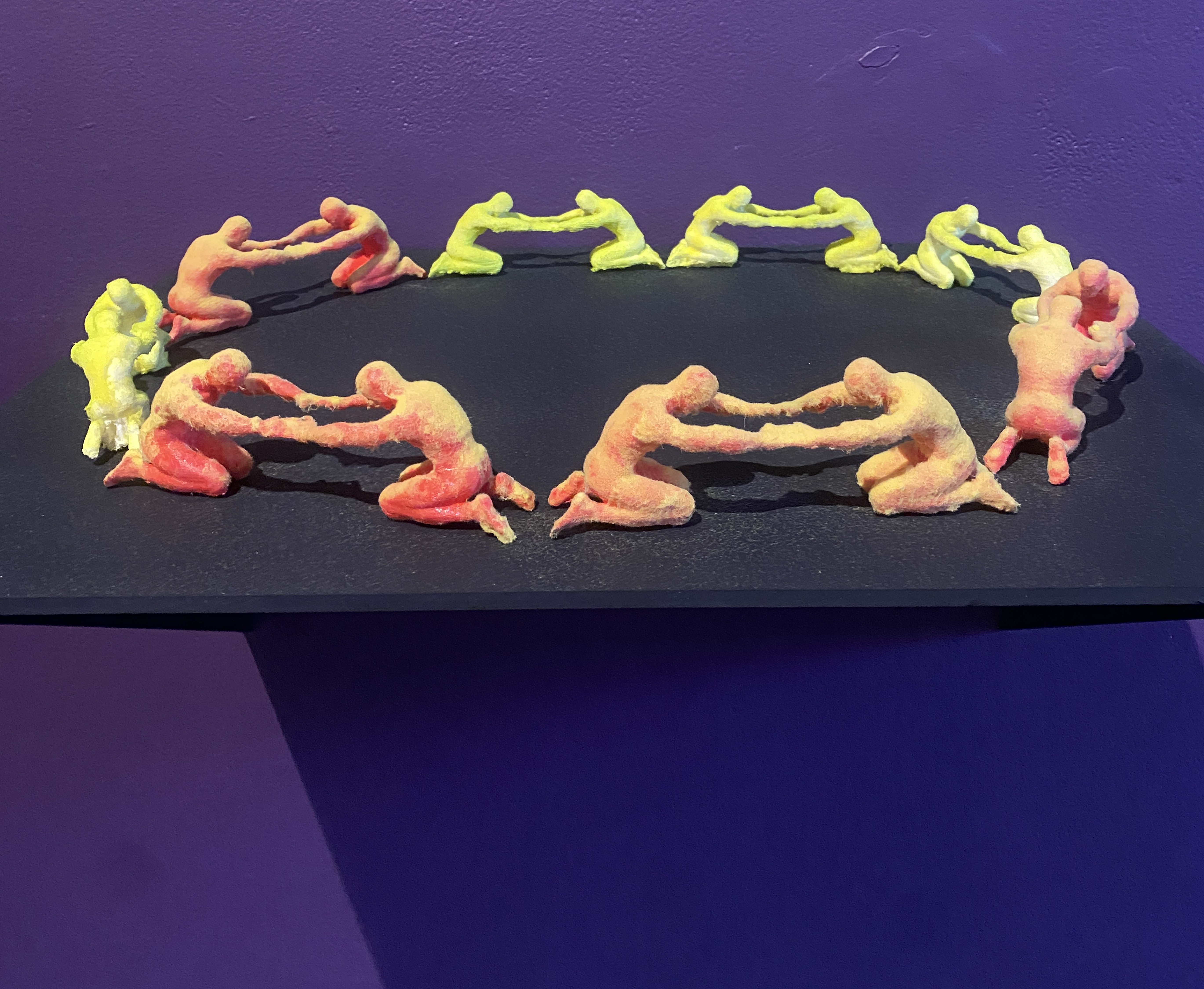
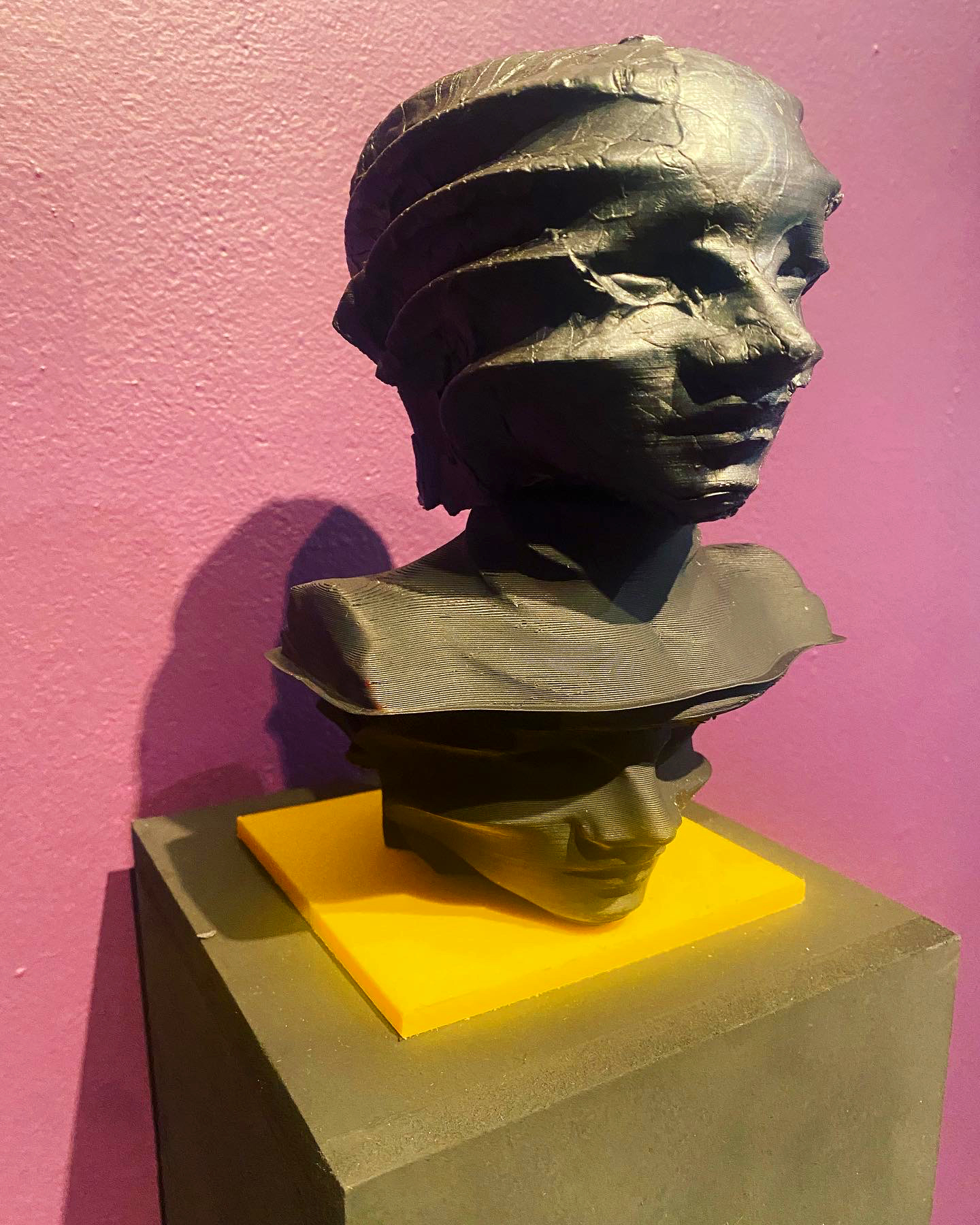
How do we define our lived experiences in an age of emergent artificial intelligence, virtual reality, and augmented reality?
A diverse group of artists, from distant and distinct locations transcend borders to explore the question, “How do we define reality in a landscape dominated by digital machinations?” Virtual Augmentation, Artificial Intelligence, Virtual Reality, Digital Mapping, and Remote Sensing bleed into our lives, creating an atmosphere of emergent physiological spaces shaped by the outcome of algorithms and online personas; how do we dance with/in this? I aim to make evident the very real web space being created in our minds and collective unconscious, a space defined by chimeras, the virtual, mimesis, cybernetics, and binary electronic frequencies. As a curator I have chosen a continued exploration of Virtual Reality (with the astute guidance of MoVA) and digital fabrication, specifically the additive manufacturing of 3D printing as a means to give tangible form to nebulous speculative postulates. As Marshall McLuhan prophesized, “The Medium is the Message.”
The Visceral Object in Hyperspace, installations presented by Mark Klink and Kihoon Choi were not physically transported, but transmitted as .obj files, 3D printed, transformed through casting techniques, and installed in manner requiring trust and sensitivity to serendipity and telekinesis. The loaded portent of this experiment is legion, as Virilio wrote, “The invention of the ship is also the invention of the shipwreck.”[1]
Working in tandem with technology ancient, intuitive, and emergent, the transformative potentials of material and the psychic resonance of iteration reflect and transmit the morphing nature of reality in our holographic existence.
Totem offers a virtual reality experience, manifested as a card game of divination. Drawing inspiration from the enigmatic inkblots, the exhibition introduces the concept of klecksographic totem animals. Participants are invited to don VR headsets, draw a card, and witness as the inkblot transforms into a totemic creature, accompanied by a poetic narrative; becoming-animal, opening a field of intensity, a situation “that is affect in itself,…”[2].
The klecksography totem animals, each with its unique symbolism, become metaphors for the complex interplay between perception and reality. As players explore this digital realm, they are prompted to contemplate the fluidity of truth and the transformative power of personal perspective; “The simulacrum is never what hides the truth—it is truth that hides the fact that there is none.” Totem echoes this sentiment, inviting participants to navigate a world where reality is both elusive and malleable.[3]
In Virilio’s words, “The art of the past no longer exists as it once did. Its authority is lost. In its place there is a language of forms.” Totem is a manifestation of this contemporary language of forms—an overlapping frequency field contour shaped by generative design, rapid triangulation, and non-uniform rational B-splines.
Framing these elements that construct the fields of intensity within Totem, is the wrong new media biennale, founded by David Quiles Guilló, a very interesting, periodically unfolding global Zeitgeist of emergent concepts spanning material, practice, and theory. This decentralized network of borderless loci and decolonialized Earth conjures a mutating aesthetic starscape that I have had the pleasure and honor to be involved with since 2016 when I hosted the Philadelphia Pavilion //:://///_/at the University of the Arts Sculpture Annexes. I have participated as an artist over the years, in https://pt.aisthesislab.art/ Metatopia curated by Luciana de Paula Santos in 2022 and https://thewrong.org/PrintScreen Print Screen curated by Roopa Vasudevan &Walker Tufts in 2023. For this iteration of the wrong, I am focusing on instantiation and virtual reality as a medium to commune with new media art; creating a psychic instrument of interoception, a “mystical experience, that ultimate in human potentialities…”[4] allowing participants to grapple with the mutable nature of truth in an epoch unequivocally dominated by digital realms.
MoVA (Museum of Virtual Arts):
Co-founded by four Princeton University Graduate Students in 2022, MoVA delivers art experiences in an immersive way with the mission to promote accessibility and convenience in art enrichment and education. Equipped with VR/AR technical expertise and design sensibility, the team creates captivating art experiences, in collaboration with artists, curators, and museums.
Isla Xi Han:
As a creative developer and the co-founder of MoVA, Isla takes the Doppelgänger exhibition as an exciting opportunity to explore novel art experiences enabled by virtual and augmented reality (VR/AR) technology. The exhibition goes beyond physical boundaries, encompassing virtual landscapes and mixed reality. On the one hand, VR/AR serves as a canvas for digital-born artworks; on the other hand, by 3D scanning in physical sculptures, the team can expand the perception by manipulating the scale, texture, lighting, and gravity of the artwork’s digital twin in a virtual world. The curation team embraces the potential of translating art between these realms, inviting the audience to challenge preconceived notions of art experiences.
Sophie Mengzhu Jiang:
With culturally diverse art and design experience, Sophie is constantly inspired by divergence and discord, finding beauty in the intersection of multidisciplinary dialogues. Driven by intellectual curiosity, Sophie is fascinated by the vast potential of immersive technology.
Genyuan Hu:
Used to raise fish and take photos of “glowing” cells as a student in neuroscience. He grew interest in art by exploring the material and perceptive potentials of object-making with his hands. As he dipped his toes into computer-assisted design and took a virtual leap into the realm of VR development, he began to perceive limitless possibilities in experiencing art through the digital lens. Co-founding MoVA has allowed Genyuan to further his journey into the realms of experience and interactive designs. His goal is to nurture spaces that intuitively resonate with individuals, creating immersive and engaging art experiences that go beyond traditional boundaries.
Kihoon Choi
Received his MFA from the University of the Arts in 2018 and lives and works in Seoul, Korea
Mark Klink:
Klink has been and done many things: Swept floors, worked in a factory, been an athlete, a minor government official, a life guard, a computer programmer, and a traditional print maker. For twenty years he taught children and other educators how to use computers. But the thing he likes best (beside family) is making curious pictures.
Tyler Kline:
Artist, educator, curator creating out of Philadelphia
[1] Paul Virilio, Art and Fear. London: Continuum, 2003. (originally published in 2000 by Editions Galilee under the title La Procedure Silence, meaning “The Silence Trial”. )
[2] Gilles Deleuze and Félix Guattari, A Thousand Plateaus: Capitalism and Schizophrenia (Minneapolis: University of Minnesota Press, 1987),p 259. “ Becoming -Intense, Becoming-Animal
[3] Jean Baudrillard, Simulacra and Simulation, trans. Sheila Faria Glaser (Ann Arbor: University of Michigan Press, 1994).
[4] Georges Bataille, Erotism: Death and Sensuality (San Francisco: City Lights Books, 1986), p 221, “Mysticism and Sensuality.”
